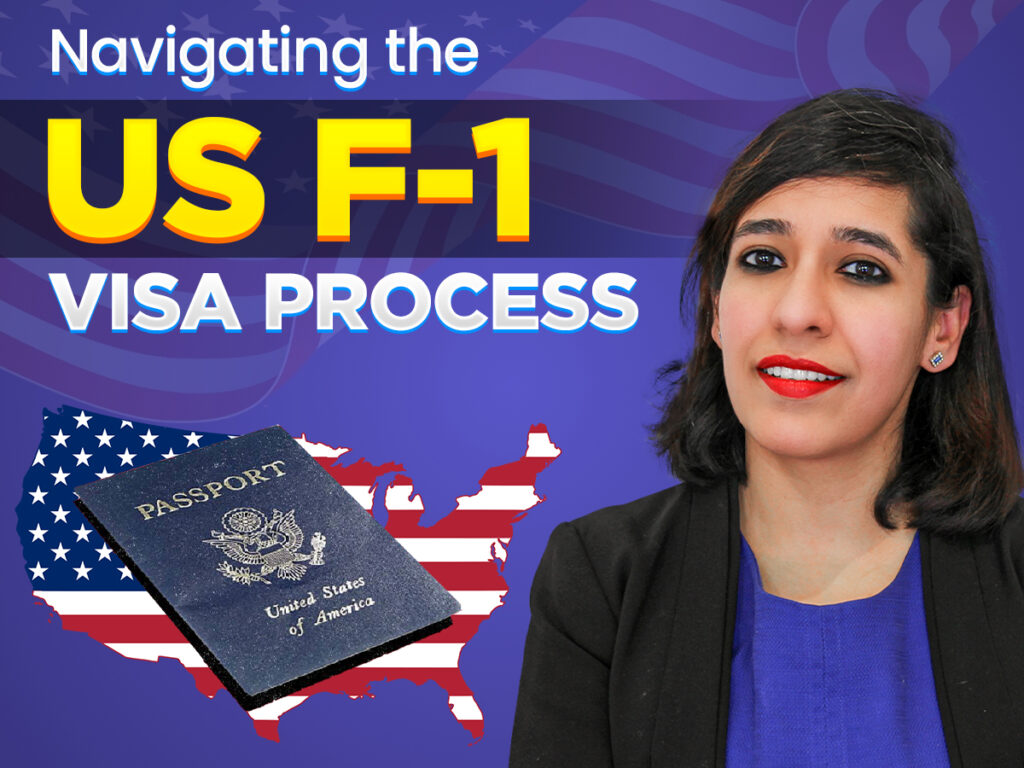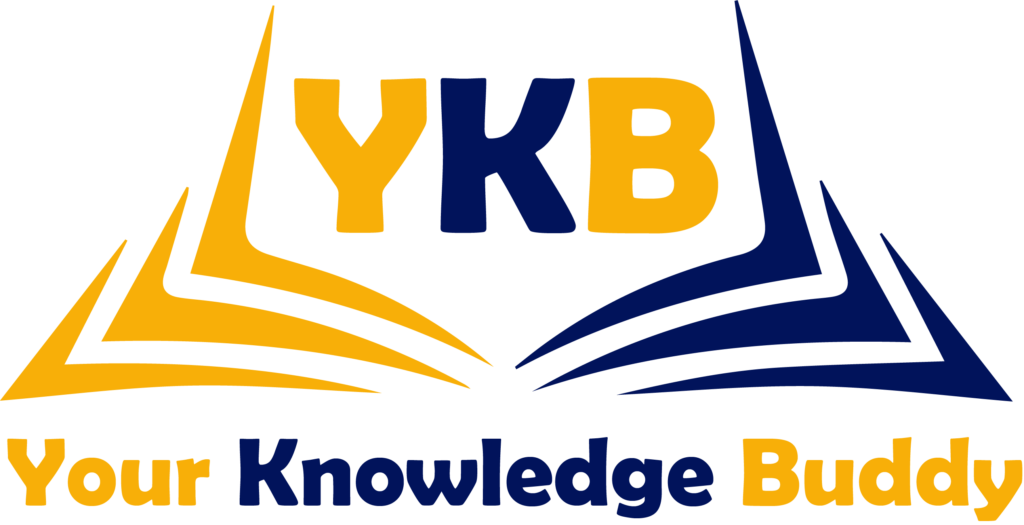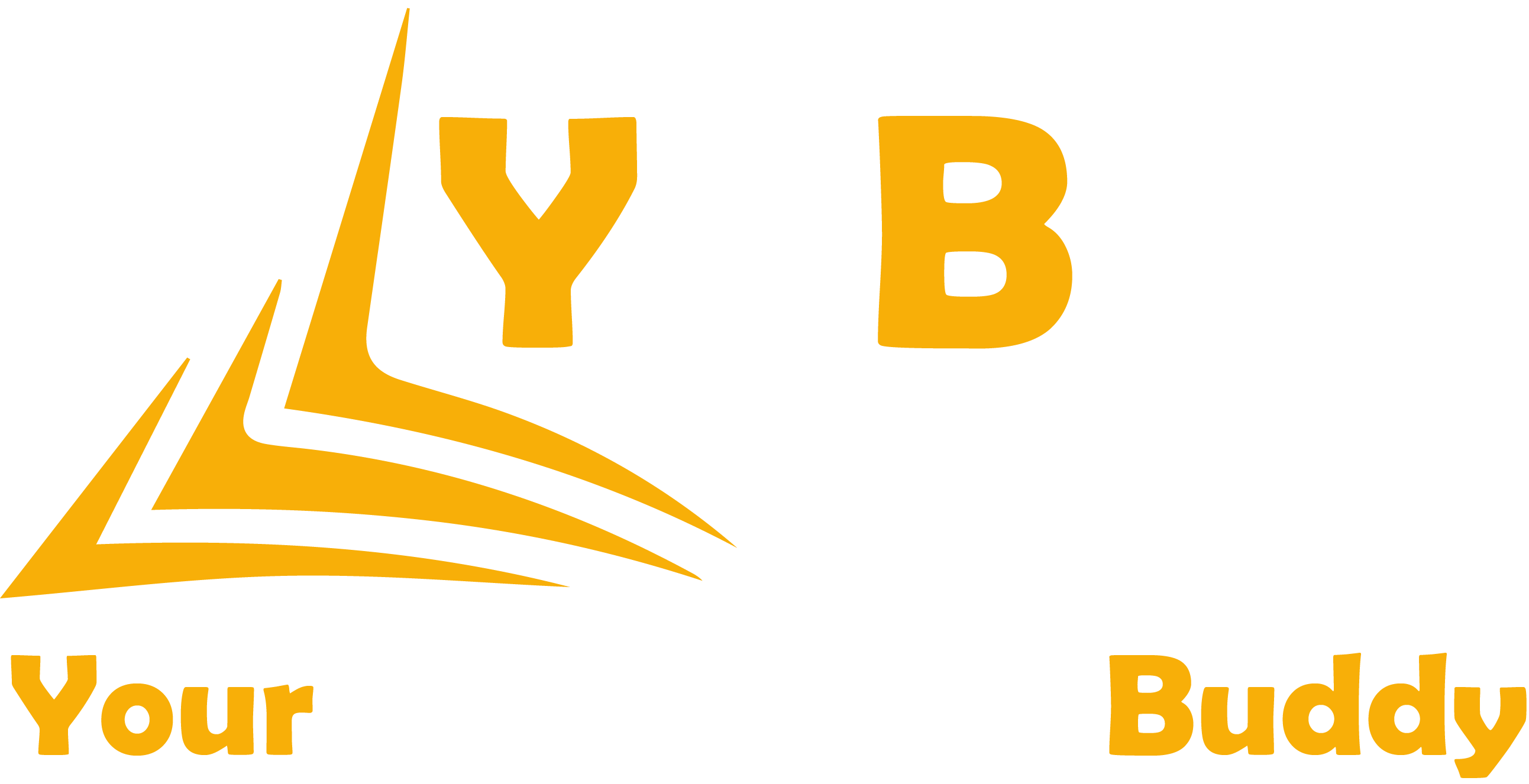For many international students, the dream of studying in the USA begins with obtaining an US F-1 Visa Process. This non-immigrant visa allows students to pursue academic studies at accredited institutions in the United States. However, the process can be complex and daunting. This guide will walk you through each step of the F-1 visa application process, from initial acceptance to settling into your new life in the US.

1. US F-1 Visa Application Process
Step-by-Step Guide to Applying for an F-1 Visa
The journey to securing your F-1 visa starts after you receive an acceptance letter from a Student and Exchange Visitor Program (SEVP)-approved school. Here’s a detailed breakdown of the visa application process:
- Get Accepted by a SEVP-Approved School: Before applying for an F-1 visa, you must be accepted into a program at a SEVP-certified institution. This ensures that the school meets specific standards set by the US government.
- Pay the SEVIS Fee: After acceptance, you will need to pay the SEVIS I-901 fee, currently $350. This fee funds the Student and Exchange Visitor Information System (SEVIS) that tracks students in the US.
- Receive Your Form I-20: Once your SEVIS fee is paid, your school will issue you a Form I-20. This document is crucial as it confirms your acceptance and outlines your study plans.
- Complete the DS-160 Form: The next step is to fill out the DS-160, the online non-immigrant visa application form. This form requires detailed personal information and can take some time to complete.
- Schedule Your Visa Interview: After submitting the DS-160, you must schedule an interview at the US embassy or consulate in your home country. Be aware that wait times can vary, so it’s advisable to book your appointment early.
- Prepare Required Documents: Gather all necessary documents, including your passport, Form I-20, DS-160 confirmation page, visa application fee receipt, and a passport-sized photo. Additional documents may include academic records and proof of financial support.
- Attend Your Visa Interview: During the interview, a consular officer will assess your application and determine your eligibility for the F-1 visa. Be prepared to answer questions about your study plans and intentions in the US.
Common Mistakes in the US F-1 Visa Process
- Incomplete Documentation: Ensure all required documents are complete and accurate. Missing or incorrect information can lead to delays or denials.
- Not Paying the SEVIS Fee: Failing to pay the SEVIS fee before your visa interview can result in automatic denial.
- Last-Minute Applications: Apply as early as possible. Visa processing can take time, and waiting until the last minute can jeopardize your plans.
Required Documents for the US F-1 Visa Process
- Valid passport
- Form I-20
- DS-160 confirmation page
- Visa application fee payment receipt
- Passport-sized photo
- Academic transcripts and diplomas
- Proof of financial support (bank statements, scholarship letters)
2. Visa Interview Preparation For US F-1 Visa Process
F-1 Visa Interview Questions and How to Answer Them
The visa interview is a critical component of the F-1 visa process. Here are some common questions you may encounter:
- Why do you want to study in the US?: Be honest and specific about your academic goals and how they align with your chosen program.
- What are your plans after graduation?: Emphasize your intention to return to your home country and how your education will benefit your career there.
- How will you fund your studies?: Clearly explain your financial situation, including scholarships, personal savings, and family support.
Tips to Prepare for the US F-1 Visa Process
- Practice Common Questions: Familiarize yourself with typical interview questions and practice your responses.
- Dress Professionally: First impressions matter. Dress in business attire to convey seriousness and professionalism.
- Be Honest and Confident: Answer questions truthfully and maintain a confident demeanor. The consular officer is looking for genuine students.
- Check out the video to learn about US Work Visa Options: Which One Is Right For You? All Types Of US Visa | How To Apply Visa For USA?
3. Financial Requirements and Proof
Financial Proof for the F-1 Visa: What You Need
To qualify for an F-1 visa, you must demonstrate sufficient financial resources to cover tuition and living expenses. This typically includes:
- Bank statements showing a balance sufficient to cover at least one year of tuition and living costs.
- Scholarship letters that outline the amount and duration of financial support.
- Affidavits of support from family members, if applicable.
Scholarships and Financial Aid for Indian Students in the USA
Many universities offer scholarships specifically for international students. Research available scholarships and apply early to maximize your chances of receiving financial aid.
Education Loan Options for Studying in the USA
If personal savings and scholarships are insufficient, consider education loans. Many banks in India offer loans tailored for students studying abroad, often with favorable terms.
4. Post-Visa Approval Steps
Pre-Departure Checklist for Indian Students Going to the USA
Once your F-1 visa is approved, it’s time to prepare for your journey:
- Confirm your travel arrangements.
- Arrange for accommodation in the US.
- Purchase health insurance.
- Prepare necessary documents for travel.
How to Find Housing as an International Student in the USA
Finding suitable housing can be challenging. Consider the following options:
- University dormitories: Many universities offer on-campus housing for international students.
- Off-campus apartments: Research local rental listings and consider shared accommodations to reduce costs.
- Homestays: Staying with a local family can provide cultural immersion and support.
Health Insurance Options for Indian Students in the USA
Health insurance is essential for international students. Investigate options provided by your university or consider private health insurance plans that meet US requirements.
5. Living and Studying in the USA
Cultural Adaptation Tips for Indian Students
Adjusting to life in the US can be a significant transition. Here are some tips to ease the process:
- Engage with Local Communities: Join student organizations or cultural clubs to meet new people and make friends.
- Stay Open-Minded: Embrace cultural differences and be willing to learn from new experiences.
Understanding the US Education System
The US education system may differ from what you are accustomed to. Familiarize yourself with concepts like credit hours, grading systems, and classroom dynamics.
Part-Time Work Opportunities for International Students
As an F-1 visa holder, you may work on-campus for up to 20 hours per week during the academic year and full-time during breaks. Explore job opportunities at your university, such as research assistantships or administrative roles.
Conclusion
Navigating the F-1 visa process can be challenging, but with careful preparation and understanding of each step, you can successfully secure your visa and embark on your academic journey in the United States. From applying for the visa to adapting to life in a new country, being informed and proactive will help you make the most of your international education experience.
Explore more on YOUR KNOWLEDGE BUDDY to enhance your understanding and successfully navigate your F-1 visa process.
Catch me on LinkedIn | Instagram | YouTube
FAQs:
What documents are required for the F-1 visa application?
You need a valid passport, Form I-20, DS-160 confirmation page, visa application fee receipt, academic transcripts, and proof of financial support.
How long does the F-1 visa process take?
The process can vary, but it typically takes a few weeks to a couple of months, depending on embassy wait times and individual circumstances.
Can I work in the US with an F-1 visa?
Yes, you can work on-campus for up to 20 hours per week during the academic year and full-time during breaks.
What should I expect during the F-1 visa interview?
Expect questions about your academic goals, financial situation, and intentions after graduation. Be honest and prepared with your answers.
How much does the F-1 visa application cost?
The total cost includes the SEVIS fee ($350) and the visa application fee (around $160), plus any additional costs for document preparation and travel.

